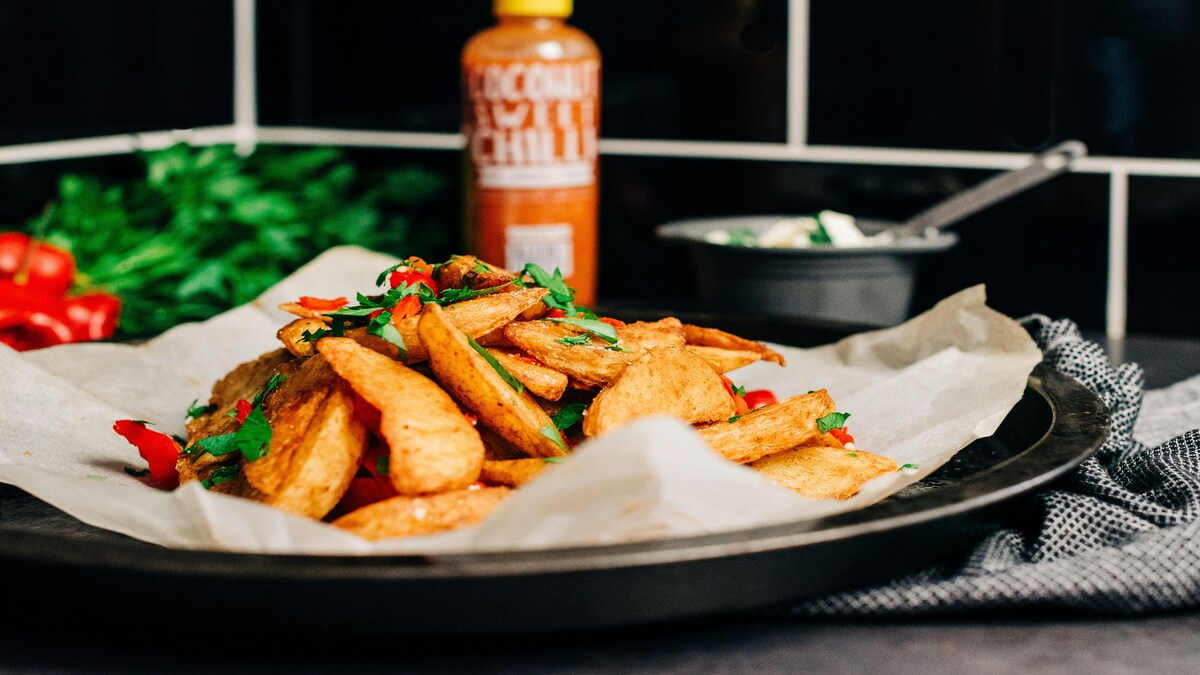The Supplemental Nutrition Assistance Program (SNAP), commonly known as food stamps, is a vital resource for millions of Americans seeking to afford basic groceries. However, its restrictions can sometimes leave users wondering what exactly qualifies as eligible food. A common query revolves around whether hot or prepared foods can be purchased using SNAP benefits.
SNAP and prepared foods
Hot foods and heated foods
SNAP benefits cannot be used to buy hot or heated foods because they are not considered foods intended for home preparation or consumption for retailer eligibility determinations. This includes foods that are warmed on-site or sold hot at the time of purchase. Items that are bought cold and then baked or heated such as rotisserie chicken, prepared hot pizza slices, seafood, and soups fall under this restriction. According to the USDA, foods that are heated either before or after purchase are categorized as “hot foods” and are ineligible under standard SNAP rules. These restrictions stem from SNAP’s focus on items meant for home preparation and consumption, not ready-to-eat meals.
Cold prepared foods
Cold-prepared foods present a nuanced situation. While SNAP benefits can cover cold sandwiches, salads, or other ready-to-eat cold items, they are not considered “staple foods” when determining retailer eligibility for SNAP participation. These items are generally eligible for purchase unless they are part of a hot food meal package.
What SNAP benefits can purchase
SNAP benefits primarily cover staple and accessory foods, which include:
- Staple foods: Fresh fruits and vegetables, meat, poultry, fish, dairy products, bread, and cereals. These are foundational items for meal preparation.
- Accessory foods: Items like spices, sweeteners, baked goods, beverages like soda, juices, and some energy drinks are also eligible.
- Seeds and plants: Users can buy seeds and plants to grow their food, providing a sustainable way to supplement their diet.
What SNAP benefits cannot purchase
In addition to hot foods, SNAP funds cannot be used for:
- Alcoholic beverages
- Tobacco products
- Non-food items (e.g., cleaning supplies, toiletries, diapers)
- Vitamins and supplements (products with a “Supplement Facts” label instead of a “Nutrition Facts” label are ineligible)
- Restaurant meals, except under the Restaurant Meals Program available in some states for certain qualified groups like the elderly or disabled individuals.
The restaurant meals program
In select states, SNAP operates a Restaurant Meals Program (RMP) to serve individuals who cannot prepare meals at home. This includes elderly, disabled, or homeless individuals. Through RMP, participating restaurants can accept SNAP benefits for eligible meals. However, this program is state-specific and is not universally available.
Retailer participation and prepared foods
Retailers that sell more than 50% of their inventory as hot or prepared foods are classified as restaurants and generally cannot participate in SNAP. For example, grocery stores with large deli sections may only qualify if their primary inventory consists of staple foods.
Clarifying misconceptions
Some misconceptions persist about the scope of SNAP benefits. For instance, while pre-cooked or frozen meals are eligible as long as they require further preparation at home, fully prepared hot meals are not. This distinction aims to maintain SNAP’s focus on affordability and home-based meal preparation.
